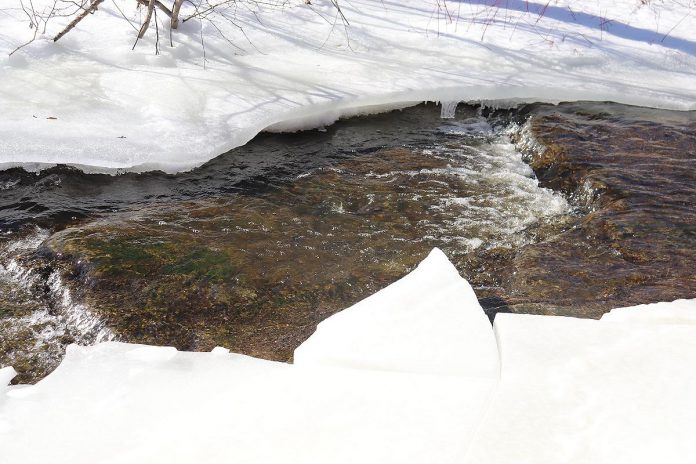
Weather at this time of year is like a yo-yo. Days bring us everything from freezing rain to lightning in snowy blizzards, from water puddling around sewer grates to sun shining on ice drops on tree branches.
Our homes must be ready for any type of weather this time of year. Whether we see freeze-ups or thaws, water is on the mind of homeowners every late winter and early spring.
Use this handy guide to help kick-start your water protection journey while at the ‘end’ of the Canadian winter:
Getting your storm drain game on
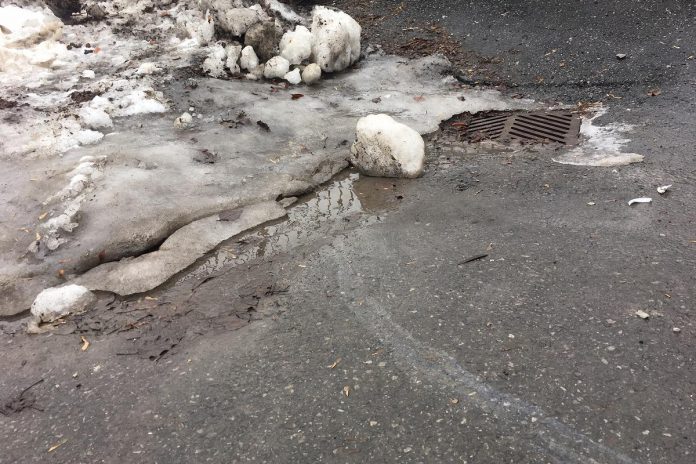
Although it comes and goes, snow is inevitable during our winters. We all know the feeling of waking up early to clear a safe way for cars and pedestrians.
While watching to make sure you don’t hurt your back, we recommend that you also keep an eye out for storm drains near your home that may become blocked by a shovel of snow.
Storm drains should be kept clear of snow, ice, and debris, especially in the winter. Clearing away snow and ice from around the drain will prevent flooding if there is a rise in temperature.
This is particularly important during a thaw when a major cause of localized flooding is a blocked storm drain.
Cut the contamination
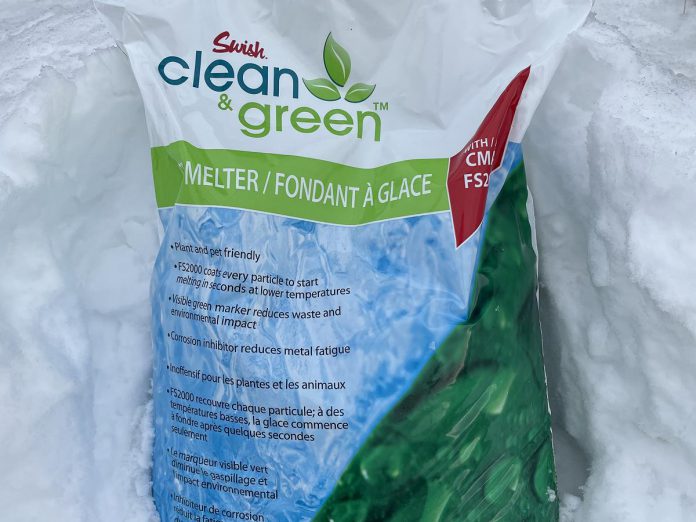
Pooled water from a thaw can quickly turn into a slippery ice patch during a freeze-up — and not the kind that you’d want to start a road hockey game on.
While salt has been a popular choice for clearing ice in the winter months, you may have heard about the negative impact salt has on the health of our watershed. Were you aware that salt can also damage buildings, vehicles, clothing, gardens, and animal paws?
Salt in melted ice can enter our storm drains and waterways and cause harm to our fish and wildlife. Shovelling snow first and treating only the ice patches is one way you can help reduce the salt you use on those slippery areas.
Better yet, use an environmentally friendly alternative to salt. Sand, non-clumping cat litter, and fireplace ashes are great (s)alternatives that provide traction on icy areas and reduces harm to gardens, walkways, and pets. You can purchase salt substitutes like Swish Clean & Green Ice Melter at the GreenUP Store & Resource Centre at 378 Aylmer St.
The melt uncovers many other hidden contaminants such as animal excrement, litter, and forgotten plastic clothing or toys from outdoor play. On winter walks, we encourage you to keep water healthy by holding onto these treasures and preventing them from reaching the storm drains in the first place.
Keeping a close eye on flow
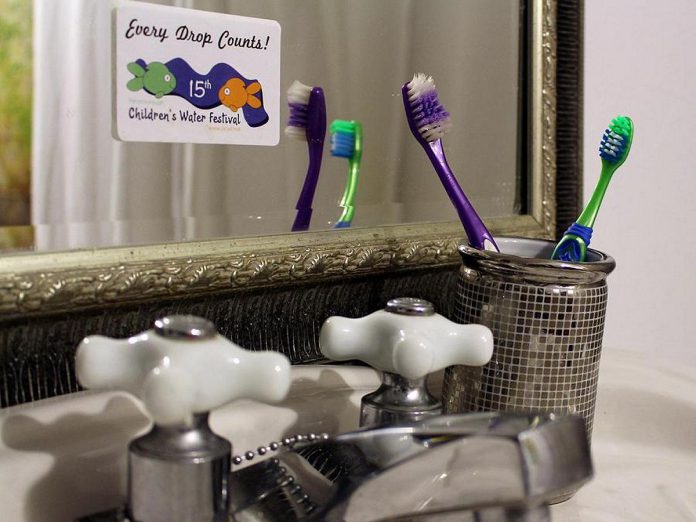
Reducing water use in the bathroom, kitchen, and laundry room can be easy with the use of low-flow features that change the volume of water dispensed per minute out of tap heads.
If you are dreaming of a hot shower, consider capturing the cold water that runs while you wait and use it to water plants or replenish the fishbowl.
Keeping a close eye on your water meter in late winter when cracking or bursting pipes are common can prevent a call to your local repair person.
To check for leaks, turn off all the water in your home and then check the flow indicator on your water meter. If it is moving, you have a leak somewhere.
Preparing for all the rainy days
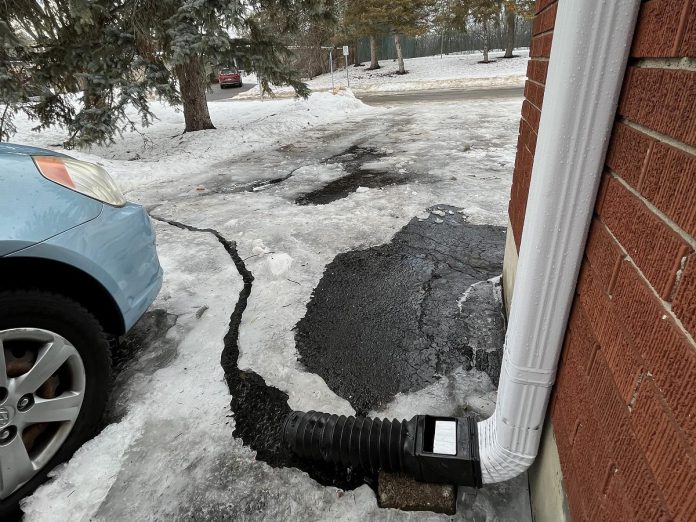
While it may be wishful thinking to see spring showers at the end of March, there is never a bad time to prepare to protect water.
Early spring can be a good time to go outside and see how and where the water flows around your home. The eaves, downspouts, and surfaces in your yard can point you toward flood-prone areas.
Areas of pooling water can sometimes be remedied by adjusting the downspout.
Installing a rain barrel can be a long-term solution to diverting rain from our driveways and can prevent pollutants collected by flowing water from entering our waterways.
Encouraging the young and young at heart to have fun while protecting water
When we think of snow and ice as less of a nuisance and more of a welcomed friend, we can have fun with it.
Whether that is creating a snow-bear on your front lawn, sledding down your snow piles, or taking photos of the glimmering ice crystals, natural play can bring you out of the funk and into the flow of winter.
The more we connect with water in all its forms, the more we will want to conserve and protect it for future generations.


























